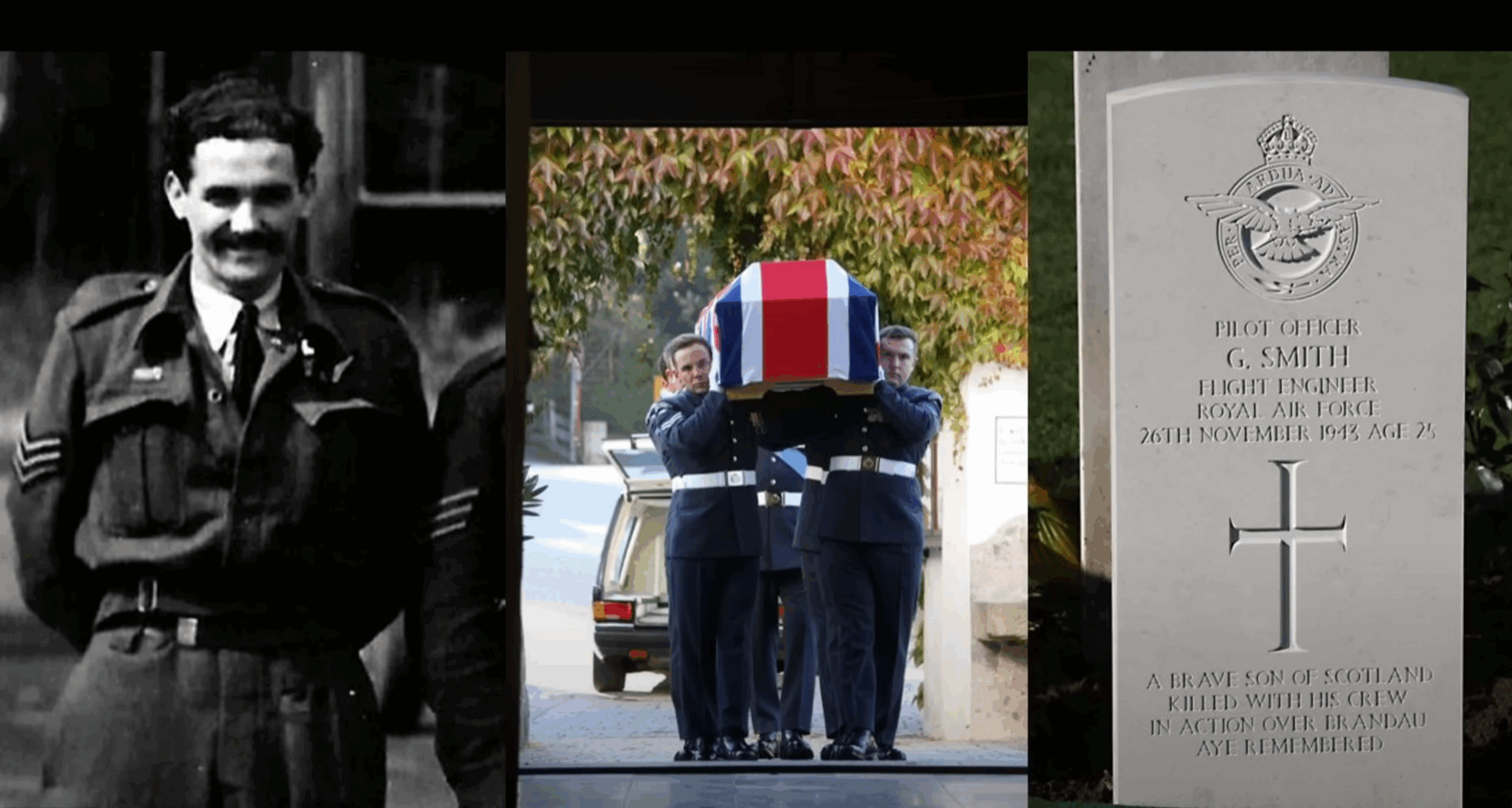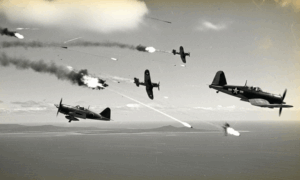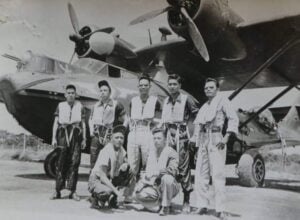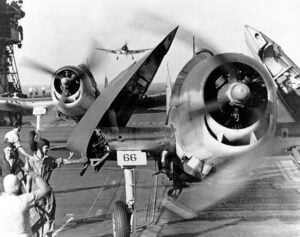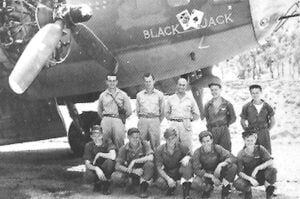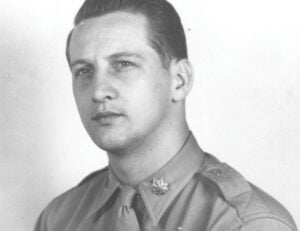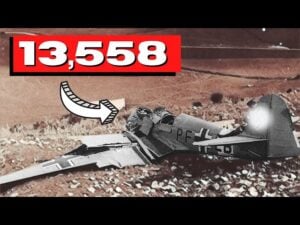65 Years Later: Missing RAF Pilot Officer Discovered in German Forest
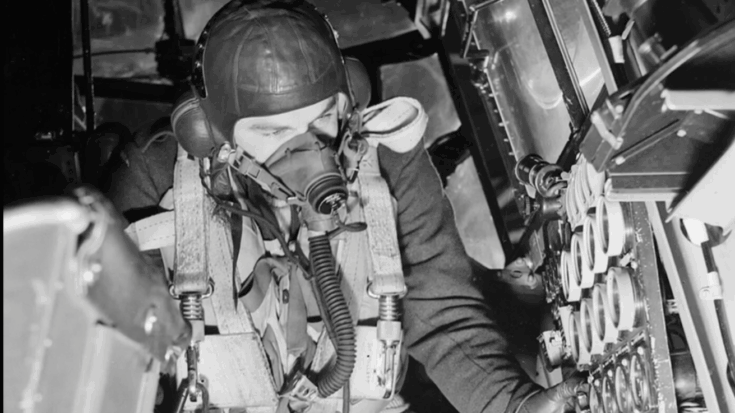
History - those who came before / YouTube
Early Life and Service
George Smith was born on December 18, 1917, in Scotland during the final year of the First World War. He was the son of James and Jeanie Smith and grew up in a country still shaped by war. As a young man, George joined the Royal Air Force and trained as a flight engineer, a key crew member who monitored engines, fuel, and other systems while helping manage emergencies during flight.
Flight engineers were vital to the operation of the Lancaster bomber. George was first assigned to 75 Squadron but later trained as an officer. He then joined 97 Squadron, which was part of the RAF Bomber Command’s Pathfinder Force. These units marked targets for other bombers and were often sent into the most dangerous airspace.
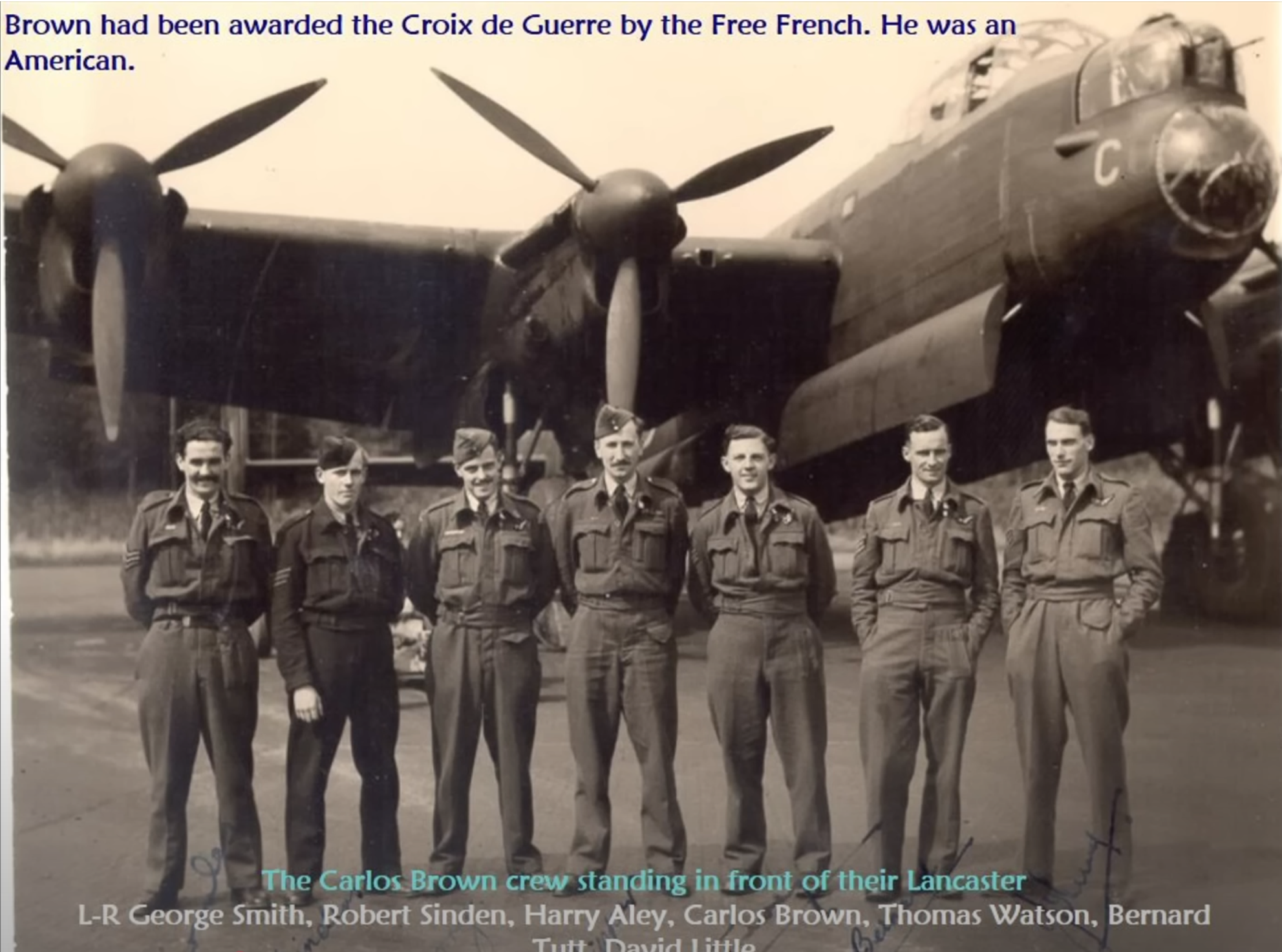
Marriage and Final Mission
In April 1943, at the height of the Battle of Berlin, George married Doré Vivien Hamilton. He was 25 years old, newly married, and had a promising future. But the war would soon take everything from him. On the night of November 26, 1943, George and his six crewmates took off from their base. Their target was Frankfurt. The bombing run was successful, but the return flight proved fatal.
At 2:45 AM, their Lancaster was intercepted near the village of Brande by a German night fighter ace named Heinz-Horst Hoffmann. The aircraft was shot down and crashed into a wooded hillside. All seven crew members were killed. Three were recovered and buried at Dürbachtal War Cemetery. But the bodies of the other four, including George, were never found.
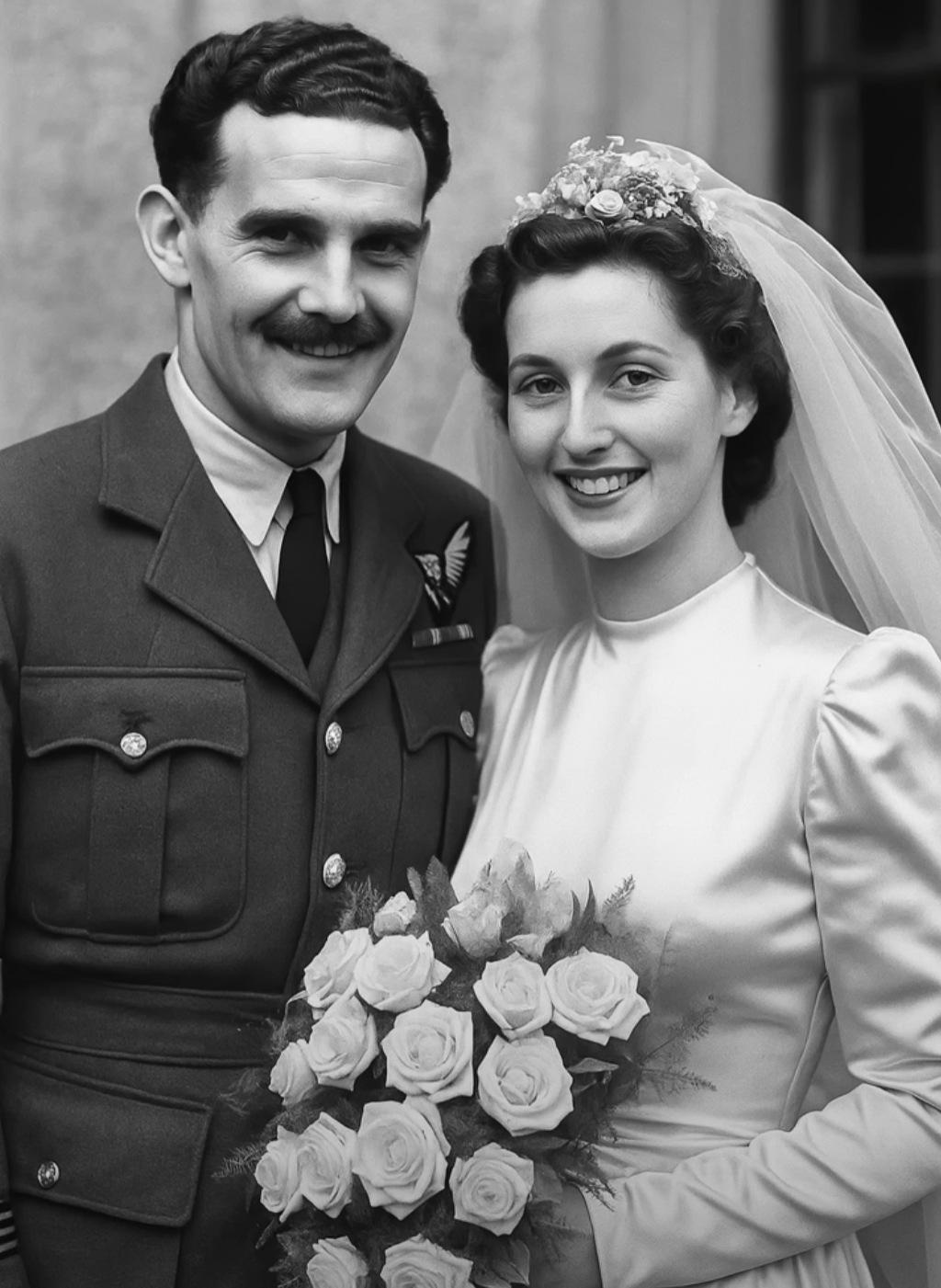
Decades Without Answers
For years, George’s family had no closure. His parents passed away without knowing what happened to their son. His wife, Doré, carried the weight of his absence for the rest of her life. The part of the aircraft where George had been sitting had broken apart and disappeared into dense forest. For decades, he remained listed as missing in action.
In 2007, George’s relatives decided to ask the public for help. They posted an appeal online, asking if anyone in the Brande area remembered a wartime crash. Their message reached Felix Klingbeil, a young German student. He had recently spoken with an elderly local man who remembered a British bomber being shot down during the war. The man pointed to a remote wooded area near Durbach, a place where few people ventured.
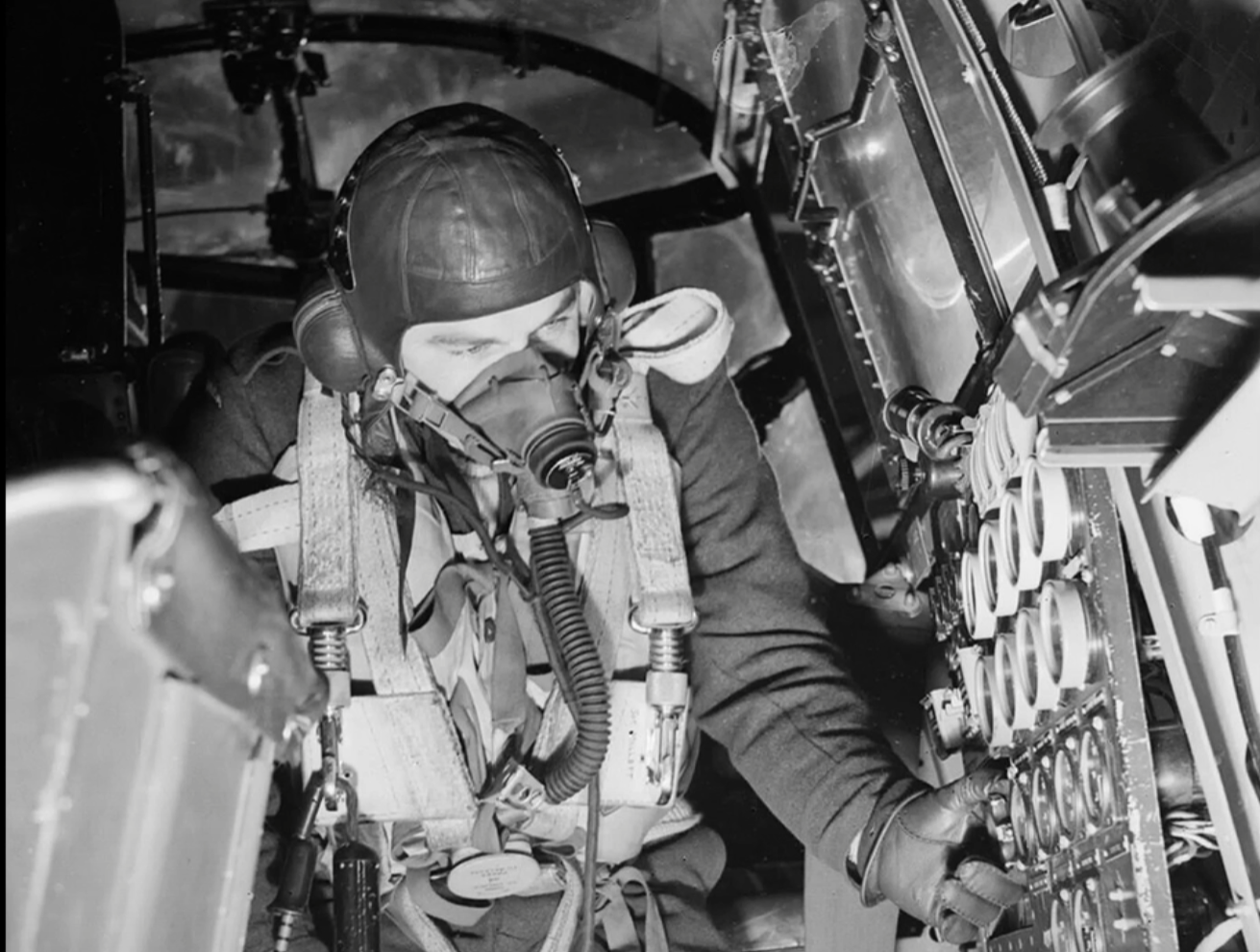
Discovery in the Forest
Though locals still remembered the crash, no official search had ever taken place. In 2010, German historian Jürgen Benl organized a group of volunteers to investigate the site. They expected to find scraps of wreckage, perhaps some twisted metal. What they found instead was far more important. Among the debris, they discovered human remains.
After forensic analysis and a military investigation, the remains were confirmed to be George Smith. He was found near the wreckage of the aircraft, still where he had fallen more than six decades earlier. It was a discovery that brought long-awaited answers to his family.
Final Resting Place
In October 2015, George Smith was laid to rest with full military honors at Dürbachtal War Cemetery. He was buried beside three of his original crew mates. The headstone now bears the words chosen by his family: “A brave son of Scotland, killed with his crew in action over Brande, remembered.”
George was missing for over 60 years, but he was never forgotten. He was a flight engineer who did his duty, a husband taken too soon, and a son mourned by his parents. His story could have stayed buried in the forest, but because of a determined family and the help of strangers, his name returned home.
